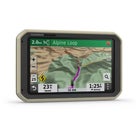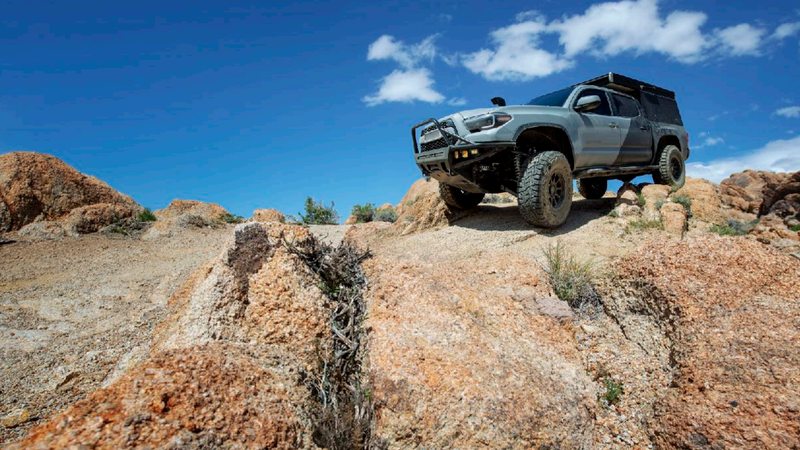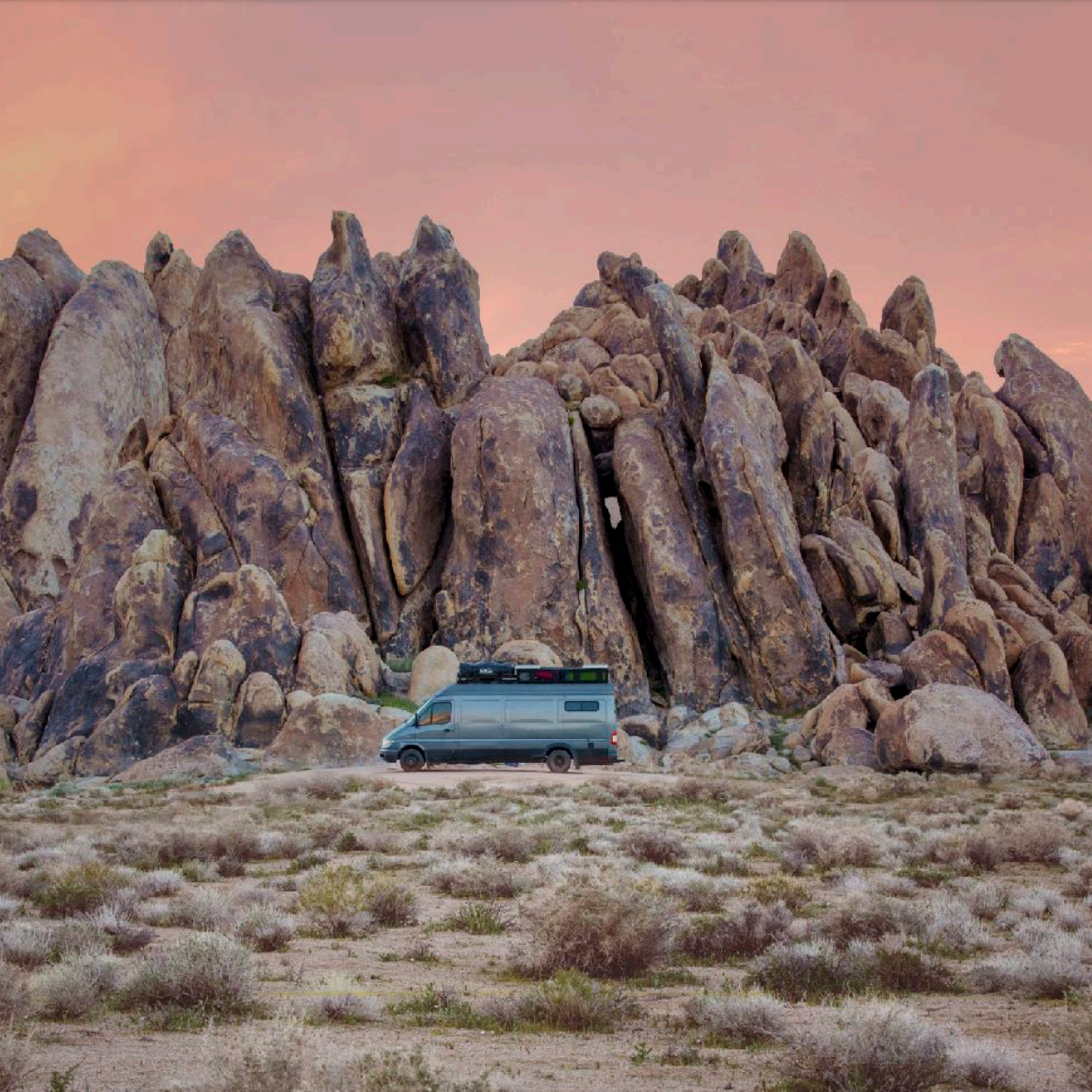One of the best things about overlanding is that it means something different to almost everyone. But whether you’re in search of unspoiled campsites or just love the drive itself, the goal is the same: use your vehicle to venture further off the grid. Getting there, though, means upping your gear and skills. So we called up Walt Wagner, an off-road driving instructor and owner, to find out how overlanders of all skill levels can take their game to the next level. Turns out it’s easier and less expensive than you might think.
The Best ���ϳԹ���s Are Often Close to Home
Yes, Moab and Death Valley are spectacular, but you don’t need to plan a trip to one of these famous spots to have a legit overland adventure. By exploring areas that are within a day’s drive of your home, even if you live in a big city, says Wagner, you’ll get out more often and gain valuable experience in the process. To find nearby back roads and campsites, Wagner often uses the , a purpose-built all-terrain navigator that comes preloaded with apps including iOverlander and Ultimate Campgrounds. “Don’t overthink it,” Wagner says. “Just do your research, and then get out of the house and go see some spot you’ve never seen before. It’s that simple.”
The Gold Standard in Navigation
 Whether you’re new to overlanding or looking to go deeper than ever before, Garmin’s new Overlander rugged navigat�ǰ���packs all the navigation tools you need into a single, rugged package. High-res topo maps, thousands of campsites and other POIs, pitch and roll sensors, and much, much more.
Whether you’re new to overlanding or looking to go deeper than ever before, Garmin’s new Overlander rugged navigat�ǰ���packs all the navigation tools you need into a single, rugged package. High-res topo maps, thousands of campsites and other POIs, pitch and roll sensors, and much, much more.Upgrade Your Vehicle Only When Necessary
If you spend a lot of time on Instagram, it’s easy to think you need absolutely every overlanding upgrade known to man. That’s not true, Wagner says, noting that a stock Subaru Outback will get you up most fire roads and into some of the prettiest spots on the planet. If the road is rough, he recommends basic, relatively inexpensive upgrades like better tires (Falken makes a great pair of ) and some basic recovery gear like . “You don’t need a ton of extra gas cans or recovery tools. Extra gear will just weigh you down,” he says. If you are going to upgrade, Wagner says it’s best to let your vehicle tell you when it's time. If your all-wheel-drive vehicle can’t get up the roads you want to explore, then it might be time to think about a true four-wheel-drive SUV or truck.

Challenge Yourself, But Do It Safely
Some of the most spectacular overlanding roads—such as the , in Canyonlands, Utah—require only a little bit of off-road knowledge. Other roads, however, like many of the , require significantly more driving experience. Wagner says anyone who wants to graduate to the more difficult roads can do it safely with a couple of simple steps. First, he recommends taking an off-road driving class, where you can learn both vehicle-maneuvering skills and recovery techniques that will get you unstuck. These classes are offered by experts at overlanding events across the country, including as well as smaller gatherings like the . “It’s great to build your skills in these controlled environments, especially in classes where you can use your own vehicle,” he says.
Next, Wagner says there’s lots of gear that can help, too. The Garmin Overlander, for example, has an integrated pitch and roll feature that helps you determine if your vehicle can safely navigate steep or angled roads. Every vehicle is different, but Wagner suggests watching that feature and taking notes as you drive difficult roads to determine which angles start to make your vehicle feel off-balance. Finally, Wagner says you can also build your chops by taking guided tours. Places like Moab offer tours where you can drive your own vehicle but follow a guide who will safely help you navigate tricky terrain.
Build Your Camping List Over Time
There’s no such thing as the perfect camping gear list. In fact, Wagner says his kit changes a little nearly every time he heads out. That’s because he’s always paying attention to what he uses most, or doesn’t use at all, and he suggests you do the same. Gear that’s constantly in use goes on the permanent list, gear that’s used only occasionally goes in the maybe category, and gear that’s never used stays at home.
Once you have your permanent list, you can also start considering upgrades. Take tents, for example. Wagner suggests people start with a regular ground tent, because they’re less expensive. If, after a couple of trips, you think a ground tent isn’t comfortable enough because you’re sleeping on uneven terrain, it could be time to graduate to a rooftop tent made by a company like �ǰ���. Wagner spent years camping out of rooftop tents, but because he and his family often go out for weeks at a time, he moved on to an even more robust and comfortable platform, the , which comes with tons of storage and living space. “Don’t be afraid to make upgrades, but make them in a graduated way that fits your needs,” Wagner says.
For more than 30 years, has pioneered new GPS navigation and wireless devices and applications that are designed for people who live an active lifestyle. Garmin serves five primary markets, including automotive, aviation, fitness, marine, and outdoor recreation.

